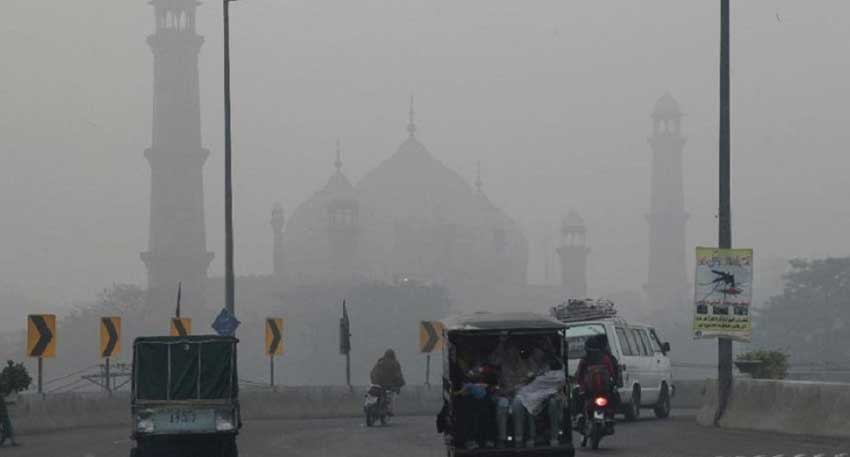
The city of Lahore has once again clinched the dubious title of being the world’s most polluted major city, registering a hazardous Air Quality Index (AQI) far higher than other urban centres across Asia. According to live data from air-quality platform IQAir, Lahore’s AQI soared deep into the “hazardous” category, leaving behind contenders such as New Delhi and Kolkata.
In comparison, Delhi recorded an AQI well into the “very unhealthy” range, while Kolkata also suffered elevated pollutant levels. The situation is equally alarming in Pakistan’s commercial hub, Karachi, which secured a top-five spot in the global rankings with its own “unhealthy” air reading.
Environmental specialists point to a complex mix of causes behind Lahore’s smog crisis. Key contributors include vehicular emissions, unchecked industrial waste, seasonal crop residue burning, and dust from rapid construction. These pollutants are further trapped by winter temperature inversions and low wind speeds, creating thick, health-hazardous smog.
The public health implications are grave. Fine particulate matter (PM2.5) at these levels has been linked to respiratory illnesses, heart problems and diminished lung function, particularly among children and the elderly. Despite repeated government crack-downs, awareness campaigns and emergency measures — including deploying anti-smog “guns” and imposing fines — Lahore continues to struggle with persistent air-quality breakdowns each winter.
Also Read: Two holidays announced in Punjab – Get salaries and pensions on Oct 31
As smog season deepens, experts stress that short-term fixes will not suffice. A sustained multi-sectoral strategy is required: rigorous vehicle-emission control, clean-fuel adoption, enforcement of industrial standards, and international cooperation on trans-boundary pollution. Only then can Lahore hope to breathe cleaner air and protect its citizens from the daily cloud of toxic particles.




